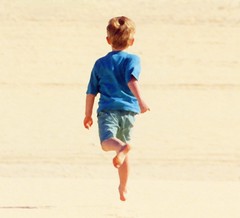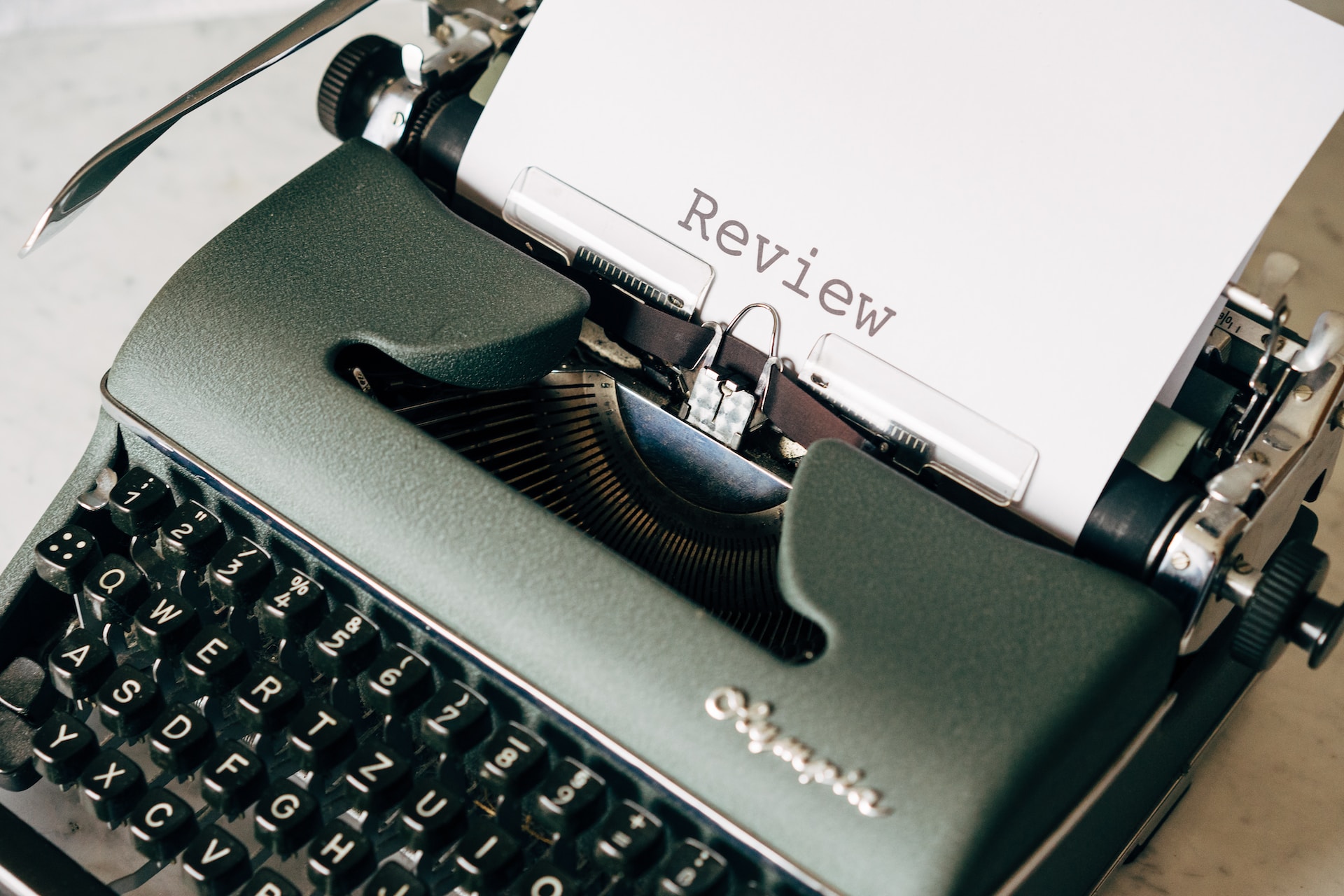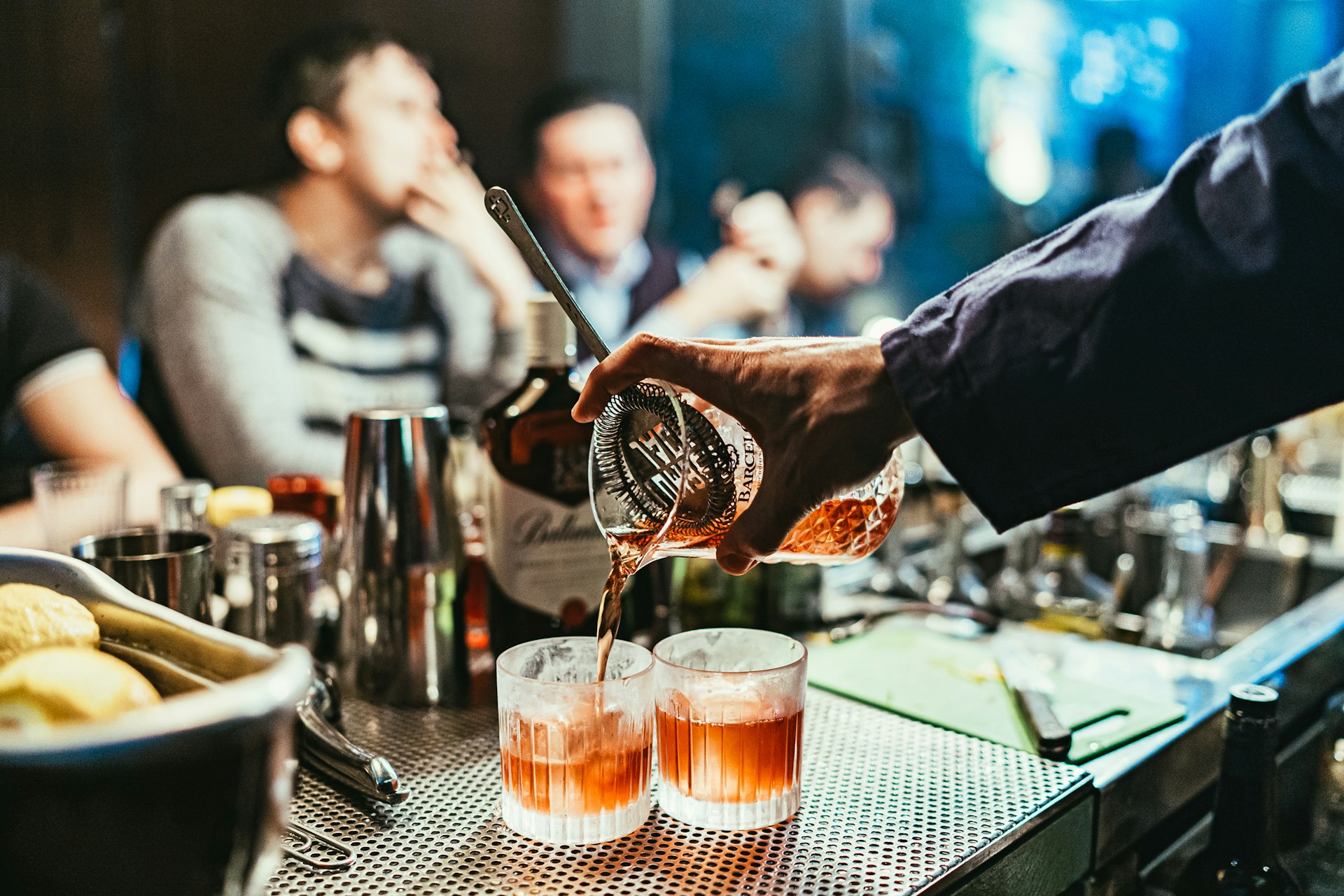 Every Wednesday I offer tips for adulthood.
Every Wednesday I offer tips for adulthood.
Having just spent five days hiking up in England’s glorious Lake District, I’ve got a new found commitment to exercise. True, we spent a fair bit of our holiday touring pubs, napping and watching movies. But it was really invigorating to wake up every day and take a long hike as a family.
Which got me thinking – again – about exercise. I’ve noted before that I’m not a fitness freak nor naturally athletic. But my husband is and that – together with recent research showing that middle age is a critical time for preventing physical health declines in later life – has made me increasingly aware of just how important it is to exercise regularly.
So I’m always keen to learn about new strategies for keeping we mere mortals healthy. To that end, here are five new trends in exercise:
1. Barefoot Running. Not surprisingly, perhaps, I learned about this one from my husband. Apparently, the new rage in running is to do it barefoot. Why is that, you ask? According to the experts, one of the reasons that running is such an injury-prone sport is that when we wear running shoes, we are actually training our feet to run in a way that is neither natural nor good for them. Specifically, while running shoes force your heel to hit the ground first with a force equal to as much as three times your body weight, “natural” – i.e. barefoot – running encourages a low-impact strike on the ball of your foot. Among other things, this natural running technique explains why Kenyans have consistently been such great distance runners. Barefoot running provides comfort, safety and best of all…it’s free!
2. High Intensity Training. Here’s another new trend in exercising, also courtesy of my husband (Coincidence? Maybe.) New research suggests that many of us could benefit from as little as three minutes of high intensity training (HIT) a week. That’s right, three minutes. So, for example, you get on an exercise bike, warm up by doing gentle cycling for a couple of minutes, then go flat out for 20 seconds. Then wait a couple of minutes and do another full-intensity 20-second work out. Then take one more break and a final 20 seconds going all out. Why does this work? There are two reasons. On the one hand, when you do HIT, you are using not just the leg muscles, but the upper body as well (including arms and shoulders), so that 80% of the body’s muscle cells are activated, compared to 20-40% for moderate intensity jogging or cycling. Active exercise also helps your body break down its stores of glucose (sugar). Great news for the time-pressed among us. And really, who isn’t pressed for time?
3. The Nano Workout. In a similar time-saving vein, but engineered to induce far less sweat, is the Nano Workout. The Nano Workout is the brainchild of Joakim Christoffersson, and is premised on the idea that many of us don’t have the time, energy or ambition to spend hours on end at the gym. Instead, Christofferson offers a series of exercises that are “based on the situation you are in and using the natural conditions the situation provides.” The idea is that by breaking down your day and analyzing the most common situations you find yourself in – whether at the desk, in the kitchen, or on the bus – you can achieve a more healthy life, no matter what your day looks like. So the next time you’re watching TV, try that hip flexor. There’s no time like the present.
4. Folding Bikes. I’m a huge fan of the collapsible bike. But according to Cassandra Daily, the fondness that the Millennial Generation has demonstrated for cycling has led to a whole new breed of folding bikes that correspond to the nomadic, minimalist lifestyle that Gen Y leads. My own personal favorite? The Bergmönch – a bike that doubles as a backpack-slash-bicycle. Best not tell my husband about this one.
5. Perineal Strengthening. Yeah, that’s a fancy word for strengthening your vagina, particularly after childbirth. Guys may wish to look away at this point or stick their fingers in their ears, although I’d advise them first to read this fantastic post by Claire Lundberg in Slate on her own vaginal re-education classes in France. (Yeah, I know. Where else?) There are all sorts of things women can and should be doing to maintain the health of their pelvic floor, which becomes increasingly weak as we approach middle age, leading to all sorts of encumbrances, incontinence chief among them. Perineal strengthening is something I suspect is going to get more and more play in the U.S. and elsewhere over time. After all, it benefits everyone. (Hint, hint…)
Image: Run free by Today is a good day via Flickr under a Creative Commons license.



April 13, 2012, 8:16 am
Delia: I’ve absolutely loved that bike!, I’m fan of those kinds of gadgets! I will show my husband as well. There’s another “sport” or exercise we all (but Íñigo) the family together regularly do: canoeing. It exercise your upper parts of your body but also you have to strengthen the lower one, especially when you row against the flow or the wind. Quite suitable for the weather around these latitudes: always sunny with mild temperatures in Winters and excesive hot in Summers.
Hiking is another exercise we always do on a regular basis; in fact, tomorrow my family and two other more are going to “explore” an ancient castle near Alburquerque town: Castillo de Azagala (http://ciudad-dormida.blogspot.com.es/2008/05/el-castillo-de-azagala.html): nearly 20 km ahead are waiting for us…
April 13, 2012, 12:09 pm
@Mara – love the canoeing suggestion-so true that the upper body hardly ever gets a workout! thanks for sharing…